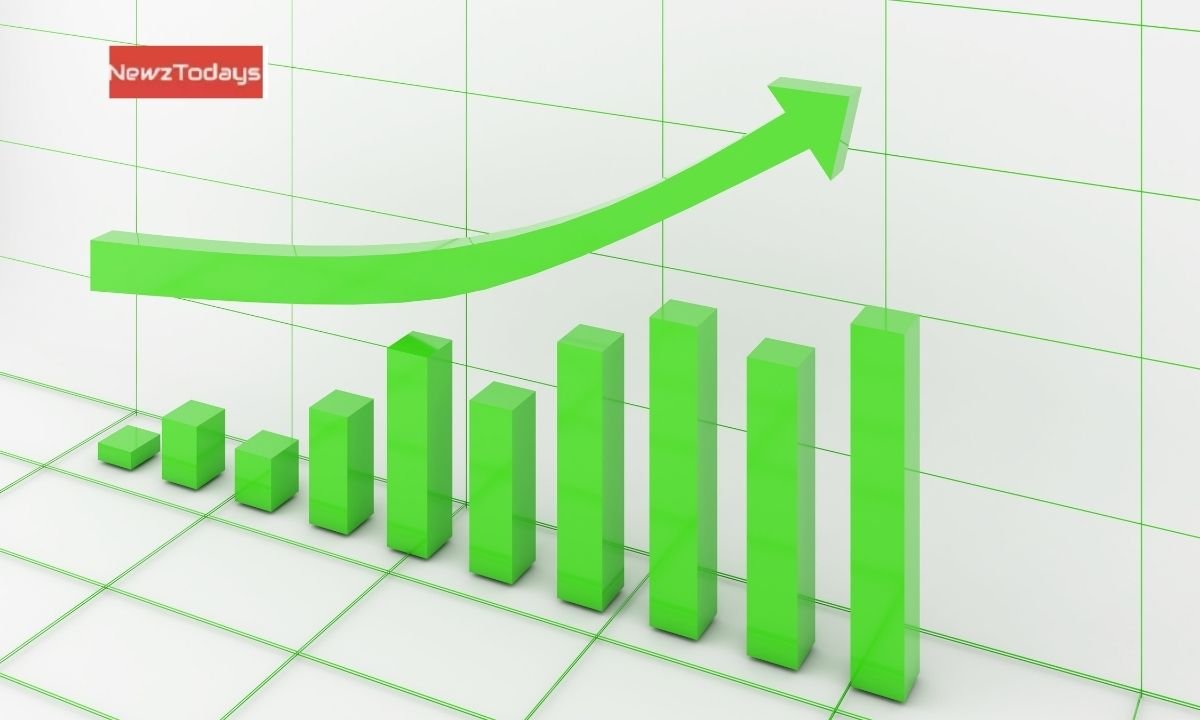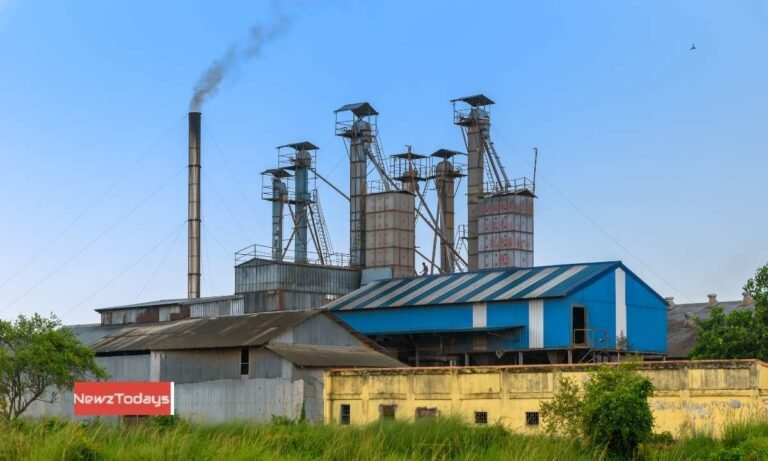KSE-100 to hit 203,000 by end-2026: Topline
Topline Securities has projected Pakistan’s benchmark KSE-100 index to reach 203,000 points by December 2026, implying a total return of about 26 percent, including a dividend yield of 7 percent. The brokerage expects sustained macroeconomic reforms, liquidity support, and policy continuity to drive the equity market over the next 13 months.
Read More: Stock Market Bleeds Amid India Tensions, profit-Taking
According to its research report released on Saturday, the target is based on a 2027 estimated price-to-earnings (PE) ratio of 7.6 times, compared with the current 6.8 times. Earnings growth is expected at 7 percent, with the market PE projected to further re-rate to 8.0 times by June 2027. This valuation is aligned with average forward multiples observed between fiscal years 2012 and 2015, a period marked by comparable macroeconomic conditions and discount rates of around 10 to 12 percent.
Topline analysts said the market’s upward momentum in 2026 will be supported by a series of expected policy and structural triggers. These include the deferment of Qatar LNG cargoes, zero circular debt accumulation in both gas and power sectors, clearance of the gas-sector debt backlog, the privatization of Pakistan International Airlines (PIA), and the government’s planned Eurobond and Sukuk issues aimed at improving Pakistan’s credit profile.
Other potential catalysts highlighted in the report are the implementation of a new National Finance Commission (NFC) formula, progress in Pakistan’s relations with India and Afghanistan, financial closure of the Reko Diq project, and anticipated fiscal incentives for exporters and manufacturing sectors in the FY27 federal budget.
Topline noted that liquidity is likely to shift toward equities as investors move out of low-yield fixed-income instruments. With the State Bank of Pakistan maintaining high real interest rates, traditional investment options such as foreign currency, gold, and real estate are considered less attractive due to restrictions and lower relative returns.
Pakistan’s market capitalization-to-M2 ratio currently stands at 47 percent, below the FY12–FY15 average of 53 percent. Similarly, the market capitalization-to-GDP ratio remains below historical levels, suggesting room for expansion if macroeconomic stability persists. The report observed that total market leverage stands at 0.64 percent of capitalization compared with a nine-year average of 0.31 percent, but the spread between the Margin Trading System and KIBOR is only 1.9 percent, below the 20-year average of 3 percent, indicating ample liquidity to support leveraged buying.
Topline also pointed to a revival in merger and acquisition activity after a two-year lull, citing several large transactions in 2024 and 2025 as evidence of improving investor sentiment. It expects more initial public offerings at the Pakistan Stock Exchange in 2026, driven by renewed domestic and foreign investor confidence.
Foreign ownership at the PSX remains at a decade low, but the report expects foreign outflows to slow in 2026. Pakistan’s inclusion in the MSCI Emerging Markets or FTSE Secondary Emerging Markets indices is deemed unlikely next year, although the brokerage expects gradual re-engagement from foreign funds as macro conditions stabilize.
The research house projects Pakistan’s GDP to grow by 3 to 3.5 percent in FY26 and between 3.75 and 4.25 percent in FY27. Agriculture is expected to expand by 3 percent, industry by 3.7 percent, and services by 3 percent. Growth in FY27 will be driven by a stronger rebound in agriculture, which Topline estimates could reach 4.4 percent, echoing trends seen in FY24.
Inflation is forecast to average 6.5 to 7.5 percent in FY26 and 7.5 to 8 percent in FY27, assuming moderate hikes in rent, power, gas, and fuel prices, with Brent crude expected to average $65 per barrel. The brokerage anticipates the rupee will trade between Rs285–290 per US dollar by June 2026 and Rs290–295 by year-end.
Pakistan’s current account deficit is expected to stay contained at 0.25 to 0.75 percent of GDP, or roughly $2.5 to 3.5 billion, with remittances likely to rise 7.5 percent to $41.2 billion. Fiscal deficit is projected at 4.6 percent of GDP, higher than the government’s 3.9 percent target, mainly due to flood-related spending and slower revenue growth.
In a survey of local institutional and family office investors, 32 percent expect the index to trade between 180,000 and 200,000 points by end-2026, while 25 percent foresee it crossing 200,000. Among foreign investors, 50 percent expect returns above 10 percent, and none plan to cut their exposure to Pakistan in 2026.
Topline’s preferred sectors for 2026 include cement, energy exploration and production, pharmaceuticals, autos, power, and technology, while it remains neutral to underweight on fertilizers, textiles, banks, chemicals, and steel. Its top stock picks for 2026 are OGDC, PPL, MEBL, HBL, FFC, Engro, Lucky Cement, Maple Leaf Cement, Systems Limited, Saaze Wires, and Pak Elektron, while its alpha calls include GlaxoSmithKline, Highnoon Laboratories, Atlas Honda, Ghani Glass, Pakistan Tobacco, and Packages Limited.
The brokerage said that continued reforms, fiscal discipline, and capital market development will be key to sustaining momentum, projecting that the Pakistan Stock Exchange will outperform regional peers through 2026 if liquidity and policy stability persist.








